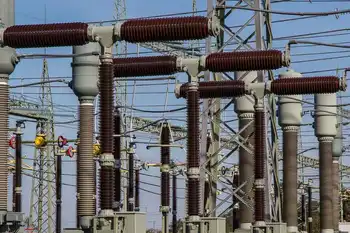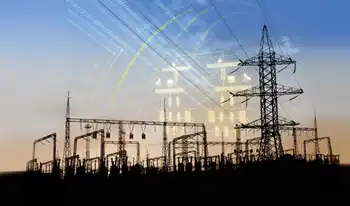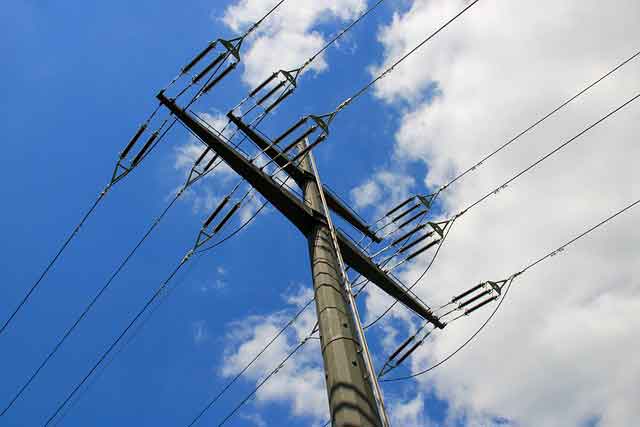India to import 100 million tons of coal by 2012
By Industrial Info Resources
NFPA 70e Training - Arc Flash
Our customized live online or in‑person group training can be delivered to your staff at your location.

- Live Online
- 6 hours Instructor-led
- Group Training Available
The working group of the Planning Commission has estimated that unless the country imports 100 million tons it will not be able to meet the projected demand of 730 million tons of coal by 2012. The group also indicated that the country's production capacity by 2012 will be around 680 million tons per year.
India's largest coal producer, Coal India Limited (CIL), has agreed to increase production from 520 million tons per year to 600 million tons per year by 2012. In an effort to bridge the supply-demand gap, for the first time, CIL will import 4 million tons per year this fiscal year.
Compared with the previous five-year plan, the company has reported an 8% increase in coal production in the current period, but the increasing demand is proving this growth to be inadequate. NTPC Limited, India's largest power producer, is also importing 8.2 million tons per year of coal during the 2008-09 fiscal year, and reports indicate that the imports are likely to rise.
India's power sector is facing acute coal shortages and power companies have been asked to immediately increase imports. Thermal power plants have coal stocks of 4.9 million tons, although the requirement is 22 million tons. Out of the 77 thermal power plants monitored, 55 have less than a week's supply of coal. India's current installed power generation capacity is about 143,000 megawatts (MW), of which 100,000 MW is generated every year.
Coal-fired power plants account for more than two-thirds of India's power generation capacity. NTPC recently shut down two units for 14 days because of the nonavailability of coal stock.
India has 256 billion tons of coal reserves, but only 455 million tons are mined every year. India's current imports stand at 40 million tons and is expected to touch 50 million tons by the end of this fiscal year. Domestic demand is expected to rise to 2 billion tons per year by 2016-17.
It has become inevitable for India's Ministry of Coal to earmark expansion plans to reduce the supply deficit. There have been 187 captive coal blocks allocated for mining to private players with reserves of 41 billion tons. Only 20 blocks are now operational, producing about 30 million tons per year of coal. The rest have either been allocated recently or are awaiting environmental and procedural clearances.
Steps are now being taken to expedite the clearance procedures and make these blocks operational. CIL and public sector companies, such as the Steel Authority of India, NTPC and National Mineral Development Corporation have set up a special-purpose vehicle, International Coal Ventures, to explore mining opportunities overseas. International Coal Ventures plans to raise $1 billion to develop coal mines with potential of 10 million tons per year in Mozambique.
There are also plans to acquire assets in Canada, Indonesia, Mozambique, South Africa and Australia. The current economic crisis in the United States has gained India's attention. CIL is in talks with U.S. mining companies to acquire assets.
CIL also plans to revive 18 abandoned mines belonging to its subsidiaries Eastern Coal Fields, Bharat Coking Coal and Central Coal Fields. The 50:50 partnership with global companies will develop six mines belonging to Eastern Coal Fields, eight from Bharat Coking Coal and four from Central Coal Fields.
The combined potential of these 18 sites is expected to be about 1.6 billion tons per year.
ArcelorMittal and Ispat Industries Limited have expressed interest in this project. CIL has also received bids from international players like Walter Mining Company, Anglo American Plc and Rio Tinto Plc.
Recently, an agreement was reached between officials of the ministries of coal and power, and representatives from CIL, NTPC and the Central Electricity Authority that 10%-15% of coal required for new power projects in India will be imported. It has also been indicated that the cost of power from imported coal will be higher than power produced from domestic coal.
But coal waste will be low since the quality of imported coal is higher than domestic coal. The Ministry of Power will facilitate the fuel-supply agreement between power utilities and CIL. It was also announced that the imported coal may be used in existing power plants also.
Coal India plans to increase its production target from 380 million tons per year to 405 million tons per year by 2009-10. Experts indicate that at the rate at which India's coal demand is rising, the country will lose 60 billion-70 billion tons of its coal reserves by 2040-41. It has become imperative for the Ministry of Coal and CIL to explore new mining avenues both internationally and in the domestic front to sustain demand.











